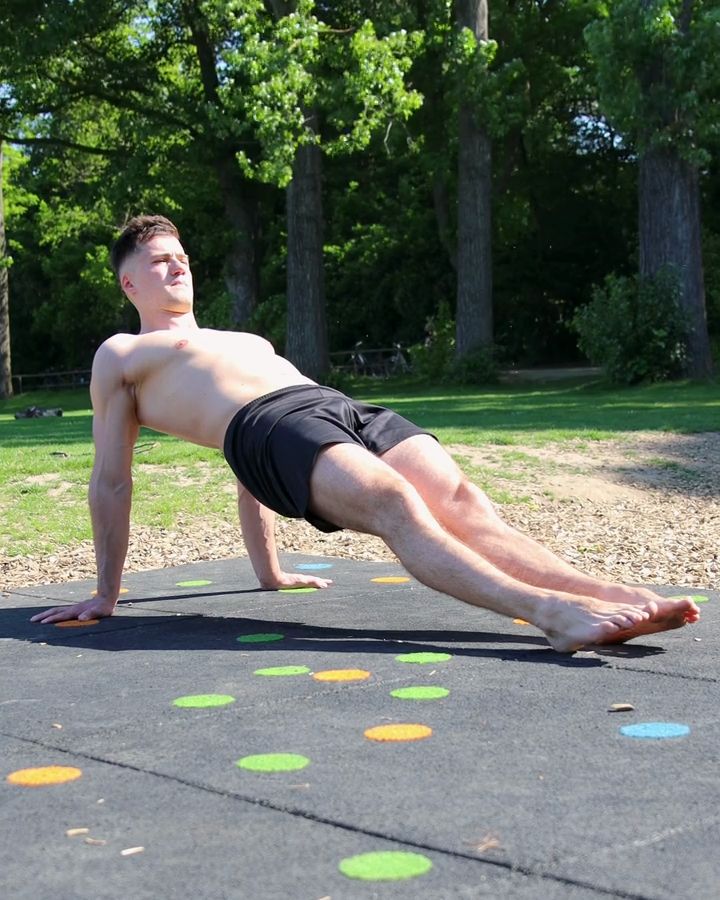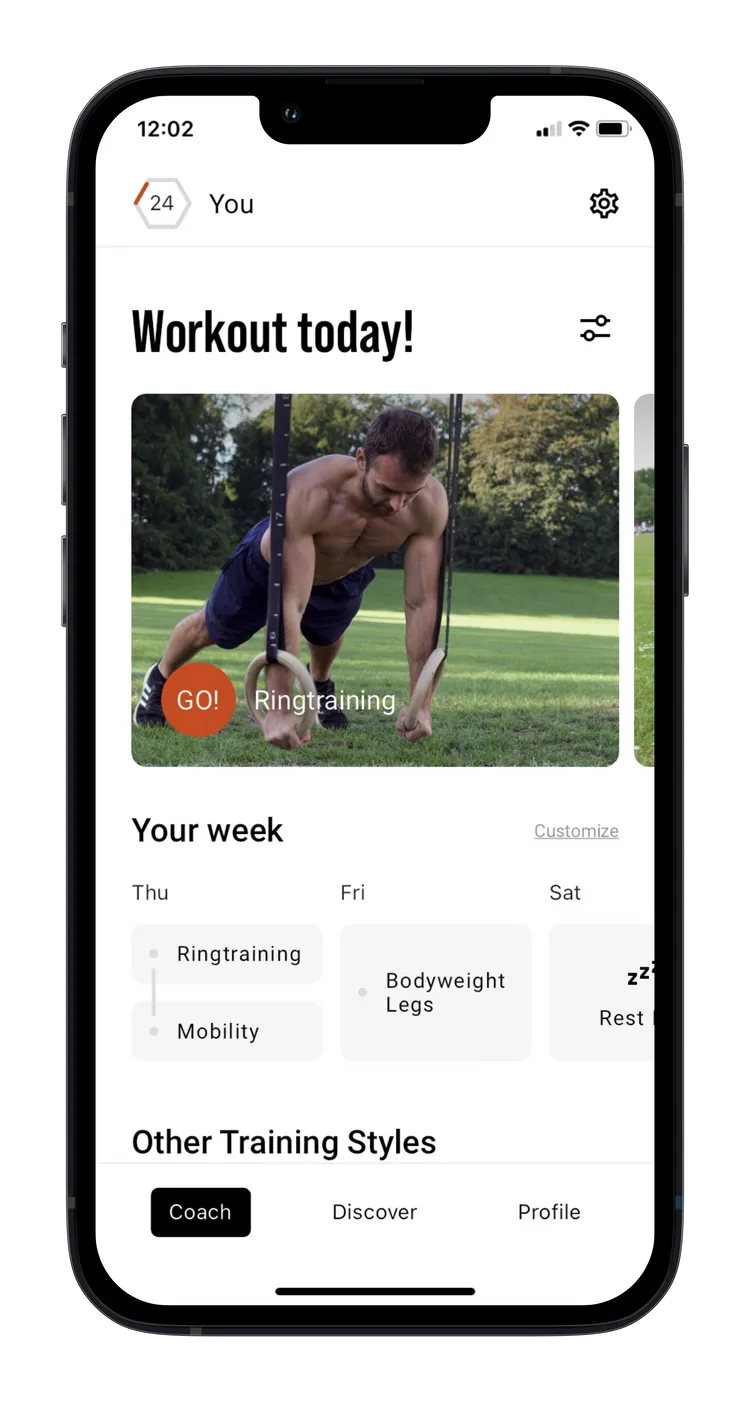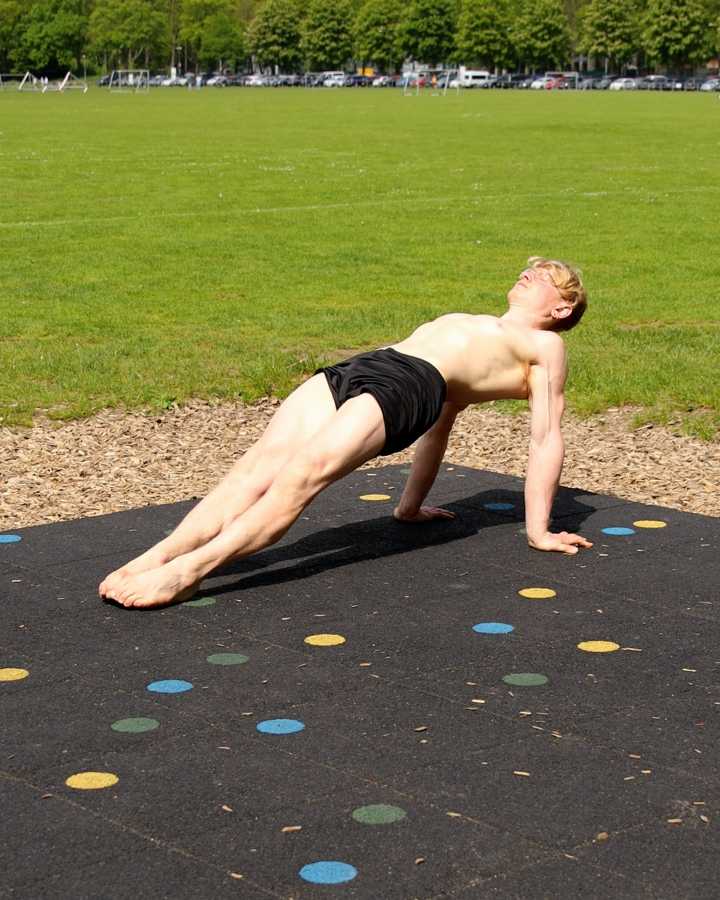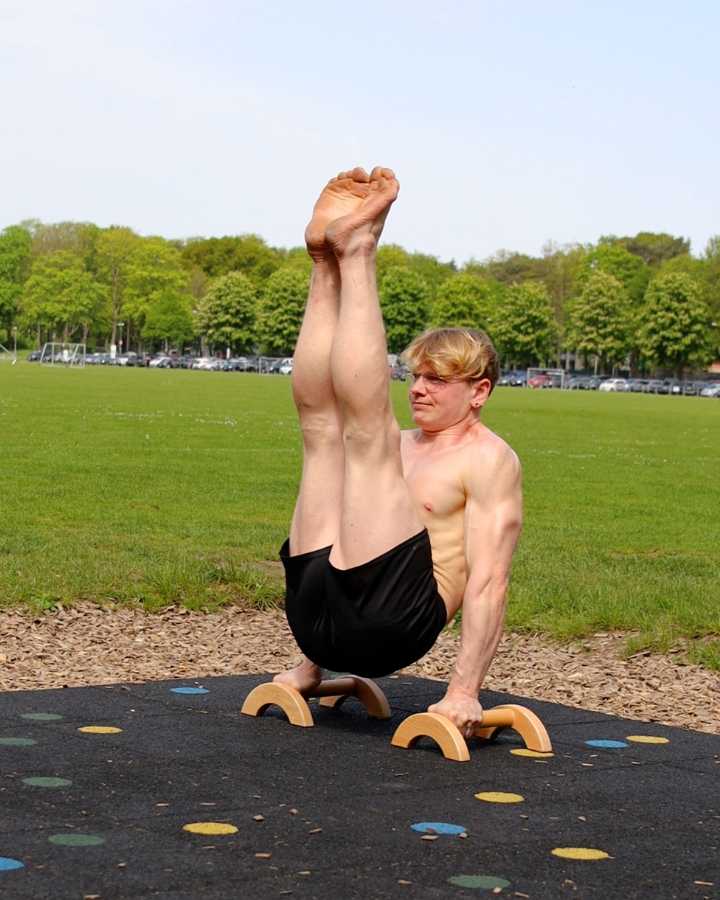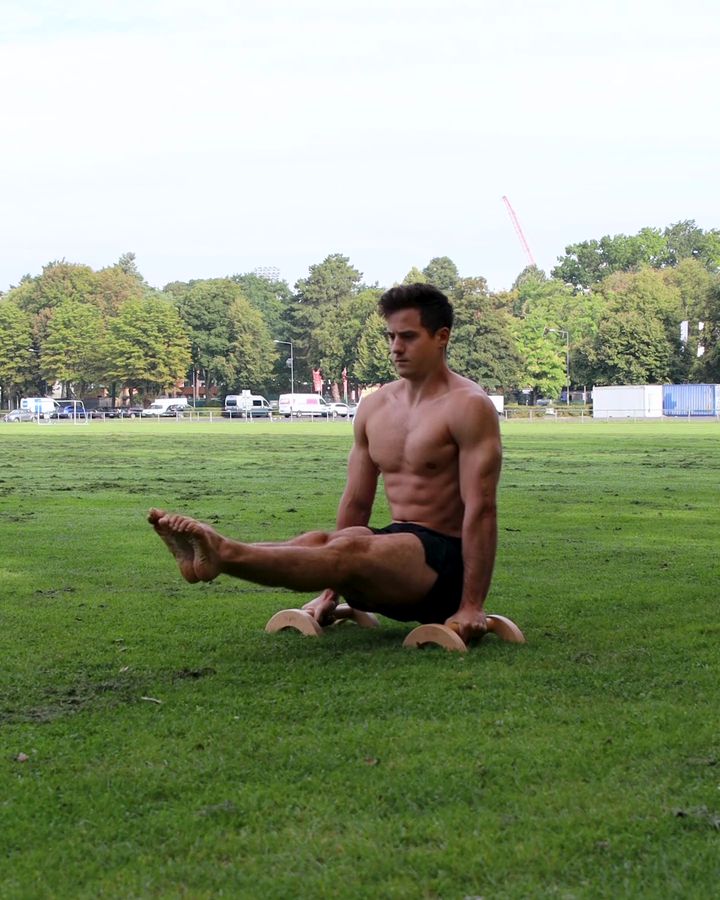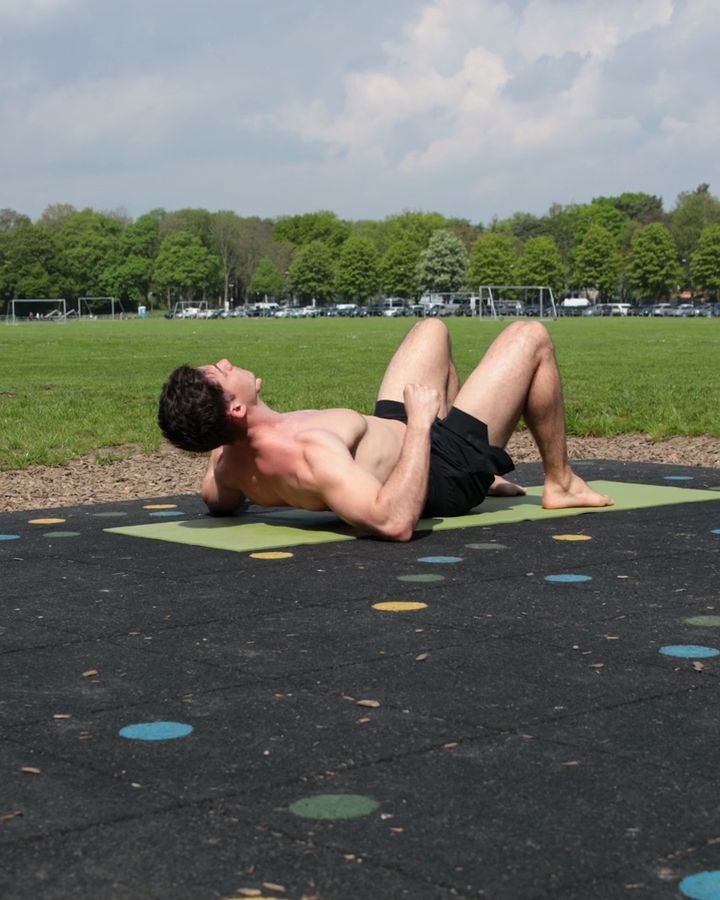Reverse Plank
The Reverse Plank is a bodyweight exercise where the body is held in a straight line, face-up.
This exercise is often underestimated despite its many benefits. It strengthens the posterior chain and can help improve posture, particularly for rounded shoulders or excessive lordosis. It targets the shoulder extensors, back muscles, glutes, and hamstrings, while stretching shortened muscles such as the hip flexors and shoulder and arm flexors.
The Reverse Plank specifically builds strength in shoulder extension, something exercises like the German Hang or Skin The Cat cannot do, as these primarily train the muscles involved in shoulder flexion. Additionally, the Reverse Plank supports structural shoulder balance and helps prevent injuries.
Another often overlooked benefit is its importance for advanced skills like the Manna and the V-Sit. The Reverse Plank is a foundational exercise for developing these challenging calisthenics skills.
Necessary equipment
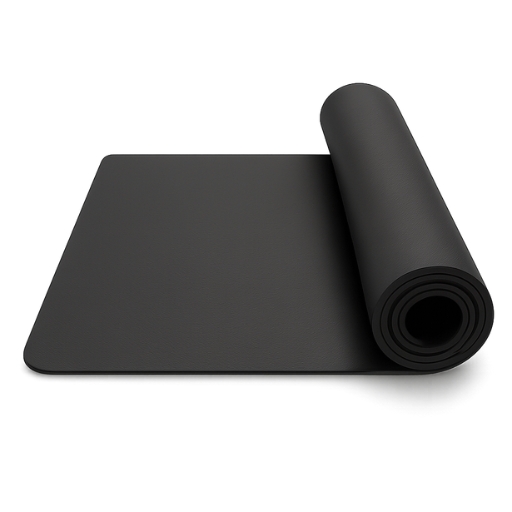
Reverse Plank - the correct execution
- Your body forms a straight line
- Fingers point outward
- Push your chest up
- Arms and hips are maximally stretched
- Keep tension in the buttocks
The exercise Reverse Plank is intended to be used as a warm up, mobility, hypertrophy exercise.
Which muscles are trained by Reverse Plank?










Primary trained muscles for Reverse Plank
Rear Delts - The rear part of the deltoid muscle, also known as the posterior shoulder, is located at the back of the shoulder. It is responsible for the backward movement of the arm as well as external rotation. This muscle is particularly engaged during activities like rowing or pulling the arm back. The rear shoulder supports posture and helps pull the shoulder blades back, contributing to shoulder stabilization.
Glutes - The gluteus maximus is the large muscle in your buttocks. It is important for extending the hip, moving your leg backward, and stabilizing the hip joint.
Upper Back - The muscles in the upper back, including the trapezius and rhomboid muscles, help move and stabilize your shoulders. They pull the shoulder blades together and support posture.
Secondary trained muscles for Reverse Plank
Lower Back - The erector spinae muscle runs along your spine and helps you extend your back and stand upright.
Alternative variants of Reverse Plank:
Advanced Reverse Plank
In the Advanced Reverse Plank, the body leans further backward so that the upper arms are no longer perpendicular to the ground. This intensifies the work required from the shoulders in extension to prevent the body from falling backward.
If you try this position, you'll quickly notice the increased strain on your wrists and posterior shoulders. This variation closely simulates the load you'll experience in advanced skills like the Manna or V-Sit.
Advanced Reverse Plank - the correct execution
- Sit on the ground with your legs extended in front of you
- Place your hands behind you, about shoulder-width apart, with fingers pointing towards your head
- Push through your hands to lift your body off the ground until your arms are straight and your body forms a straight line from shoulders to heels
- Engage your core and glutes to keep your hips in line with your body
- Hold the position statically, focusing on shifting your body weight slightly forward so that it extends over your fingers
- Ensure that your shoulders remain stable and your neck stays in a neutral position
- Maintain tension in the arms, shoulders, core, and legs throughout the entire exercise
Similar exercises to Reverse Plank
V-Sit with parallettes
The V-Sit is a challenging exercise that requires significant strength in the abdominal muscles, hip flexors, and high flexibility in the hamstrings. The body forms a “V” shape by lifting the legs and upper body off the ground and holding them in the air. This exercise is a more advanced variation of the L-Sit, as it demands greater core tension and flexibility. The V-Sit is often confused with the Boat Pose.
L-Sit
The L-sit is a well-known exercise from gymnastics that is also very popular in calisthenics. It requires strong abdominal muscles, some flexibility in the back of the legs, strength in the hip flexors, and stability in the shoulder girdle. Depending on the training equipment used for the L-sit, the exercise can be easier or more difficult.
Elbow Press
The Elbow Press is a dynamic exercise that primarily activates the rear shoulders, upper back, and neck, while the core muscles provide stability. The body is lifted in a controlled manner using the elbows, while the glutes and feet remain on the floor. The legs are bent during the movement.
This exercise can be considered an advanced variation of Table Rocks and the Reverse Plank. The Elbow Press is an excellent choice for anyone looking to effectively train their back—completely without equipment.
This could also be interesting
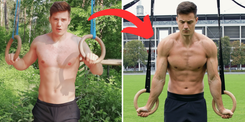
Calisthenics Body Transformation – How to Build a Strong, Lean, and Athletic Physique
Transform your body with Calisthenics! Build muscle, burn fat & achieve a shredded physique with bodyweight training. See real before & after results!
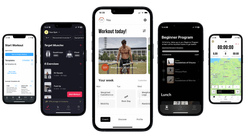
The Best Fitness Apps in 2025: Our Top 10 Recommendations
Don’t miss the best fitness apps of 2025: surprising favorites, free options, and perfect tools for your workouts. Find the ideal app today!
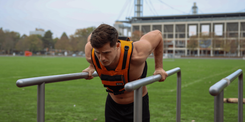
Complete Calisthenics Skills List – 40+ Exercises from Beginner to Pro
Which calisthenics skills should you learn first? And which ones will really help you progress? In this article, you’ll find a complete list of over 40 exercises – from the very basics to the toughest moves for professionals. Each exercise comes with instructions, so you can immediately integrate them into your training.
